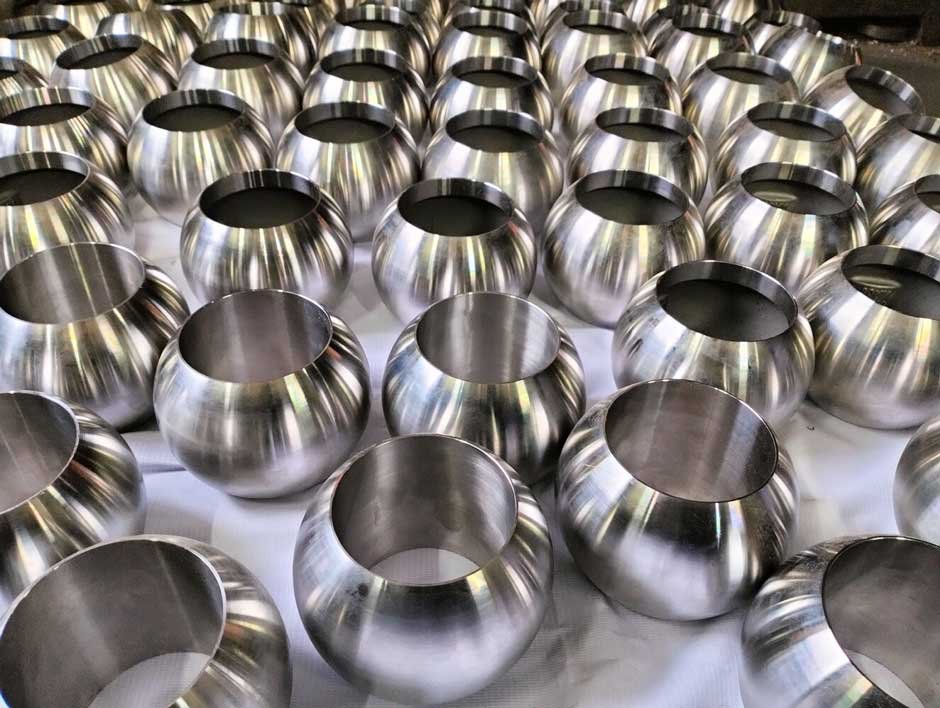Ball floats play a crucial role in many manufacturing processes, providing a simple yet effective solution for monitoring and controlling various systems. These devices are used for level sensing and controlling the movement of liquids and gases. If you’re working in a manufacturing environment and relying on ball floats, this article provides seven essential tips to ensure optimal performance and longevity.
1. Choose the Right Material for the Job
Depending on the fluid being measured, consider factors like temperature and chemical compatibility. For example, if the application involves corrosive substances, a float made from stainless steel is the best choice. For high-temperature processes, consider using materials that can resist extreme conditions. The right material will ensure the ball float works without compromising the system’s performance.
2. Ensure Proper Sizing
A float that’s too small may not perform accurately, while one that’s too large could cause unnecessary resistance in the system. When choosing the float size, it’s important to match the float’s buoyancy with the fluid’s density. Aside from that, a well-sized float will respond quickly and accurately to changes in fluid levels or flow rates, ensuring that the system remains stable and operates as intended.
3. Regular Maintenance is Key
Build up from solids, chemicals, or other debris can obstruct the movement of the ball, causing it to malfunction. Regular inspection and cleaning can prevent such issues, extending the life of the float and ensuring that it continues to operate without problems. Aside from that, checking for wear and tear on seals and float components will help avoid leaks and failures that could disrupt operations.
4. Install with Precision
When installing, make sure the float is positioned where it will have proper contact with the liquid or gas being measured. Always remember that incorrect positioning can result in inaccurate readings, which could lead to improper system adjustments. Whether it’s in a tank or vessel, ensuring that the float is aligned properly will guarantee more precise measurements and a smoother operation.
5. Keep the System Clean
The surrounding system should be kept free of contaminants that could affect the ball float’s movement. Sediments or other particles in the liquid can cause the float to get stuck, leading to incorrect readings. Installing filtration systems or other protective measures can prevent such problems. Additionally, keeping the area around the float free from debris will help maintain its reliability and accuracy.
6. Be Mindful of Temperature and Pressure Changes
While working in systems where temperature or pressure is highly variable, it’s essential to monitor these changes closely. Some floats are designed to withstand certain temperature and pressure ranges, but exceeding these limits could lead to distortion or failure. If operating in extreme conditions, it may be necessary to use specialized ball floats that can handle the specific requirements of the system.
7. Calibrate Regularly
Even if a float has been working well for a while, it’s still vital to perform regular calibration checks. Small changes in fluid characteristics or pressure could alter how the float behaves. By calibrating the float regularly, it’s possible to identify inconsistencies before they become a big issue. Plus, proper calibration ensures that the float continues to provide reliable data and keeps the system running smoothly.
Maximize Performance, Minimize Downtime!
Investing in ball floats are powerful components in manufacturing processes. By following these seven tips, it’s possible to improve performance and maintain smoother operations. Proper material selection, correct sizing, regular maintenance, precise installation, system cleanliness, awareness of environmental changes, and regular calibration can all contribute to the success of your manufacturing system.




